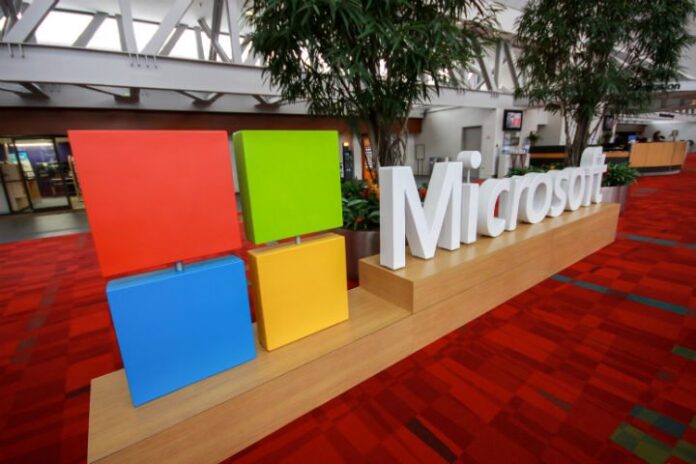AT&T and Microsoft see mutual benefits to 5G, cloud combo
Mobile operators are in a unique position when it comes to digital transformation. Carriers need to simultaneously embrace internet of things, virtualization and distributed cloud computing to drive internally efficiencies and cost savings. These same carriers also need to provide the technology stack enterprise customers require to drive their own digital transformation. As AT&T looks to achieve this goal, the U.S. operator has struck a multi-year agreement with Microsoft as part of its “public cloud first strategy.”
In a press release, AT&T designated Microsoft preferred cloud provider for non-network applications.” For internal purposes, AT&T said it will put “most non-network workloads” into Microsoft’s Azure cloud by 2024, and will also leverage Microsoft 365 and the cloud platform to offer employees “productivity and collaboration tools.”
As it relates to 5G, AT&T is currently using its millimeter wave-based mobile network to offer services to select customers in nearly 20 cities with expected nationwide coverage in the first-half of 2020.
In terms of new products, AT&T and Microsoft said they “will bring to market integrated industry solutions,” and called out “voice, collaboration and conferencing, intelligent edge and network, IoT, public safety and cyber security.” They teased more service announcements later this year.
As they seek out enterprise use cases that require 5G and come with a positive return, AT&T’s partnership isn’t limited to Microsoft. For example, the companies are working with an Israeli startup that specializes in drone detection and tracking, which could be used to heighten security around airports.
A use case like this–and many others that tap into the latency improvements 5G brings, also need distributed cloud computing. Data streams over the 5G network and hits localized compute infrastructure for near real-time analysis that can be used to initiate an action.
AT&T Communications CEO John Donovan said by partnering with Microsoft “on common efforts around 5G, the cloud, and AI, we will accelerate the speed of innovation and impact for our customers and out communities.”
Microsoft surging on multi-year cloud deals
Earlier this month Microsoft reported is fourth quarter results for fiscal year 2019 and detailed a 12% year-over-year revenue increase to $33.7 billion driven by a 39% year-over-year increase to $11 billion in cloud revenues.
Microsoft CEO Satya Nadella said a focus on customer outcomes “is resulting in larger, multi-year commercial cloud agreements and growing momentum across every layer of our technology stack.”
Microsoft’s EVP of Worldwide Commercial Business Judson Althoff, in a blog post, outlined other large-scale deals with Unilever, which is adopting Microsoft 365 tools for its 155,000 employees and Azure IoT digital twins to analyze production lines, and with Walgreens Boots Alliance, which entered a seven-year cloud deal to support a range of healthcare and retail efforts.
On the IoT front, Microsoft recently acquired embedded computing software firm Express Logic for an undisclosed fee, with an aim to “unlock access to billions of new connected endpoints.” Express Logic is behind the ThreadX real-time operating system (RTOS), for managing highly constrained IoT and edge devices running micro controller units (MCUs), down to battery powered units, with minimal (less than 64KB) of flash memory.
Microsoft cited its usage in lightbulbs, temperature gauges, air conditioners, medical devices, and network appliances. “[Its] widespread popularity is driven by demand for technology to support resource constrained environments, especially those that require safety and security,” the company said.
Back to the larger cloud picture, Althoff said more than 95% of Fortune 500 companies use the Azure cloud “for their mission critical workloads.”
“We continue to invest in technology partnerships to ensure Microsoft’s cloud is the best platform for our customers not only to access all their data, but to understand, process and act on that data to innovate,” he wrote. “Whether large or small, companies are driving new experiences and solutions across every industry, redefining innovation and creating impactful change for the future of their businesses and employees.”

